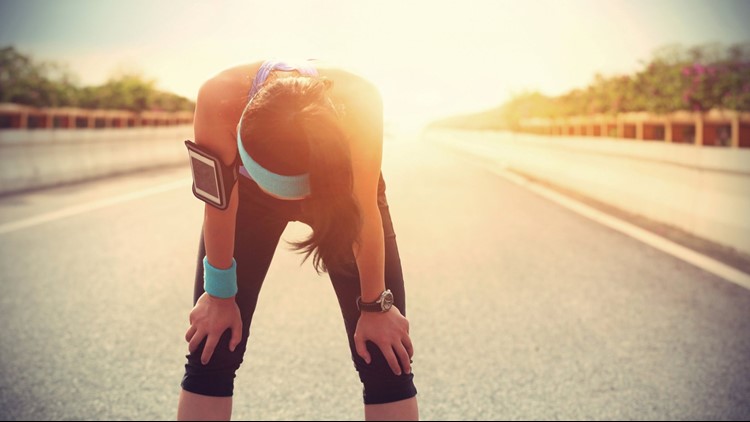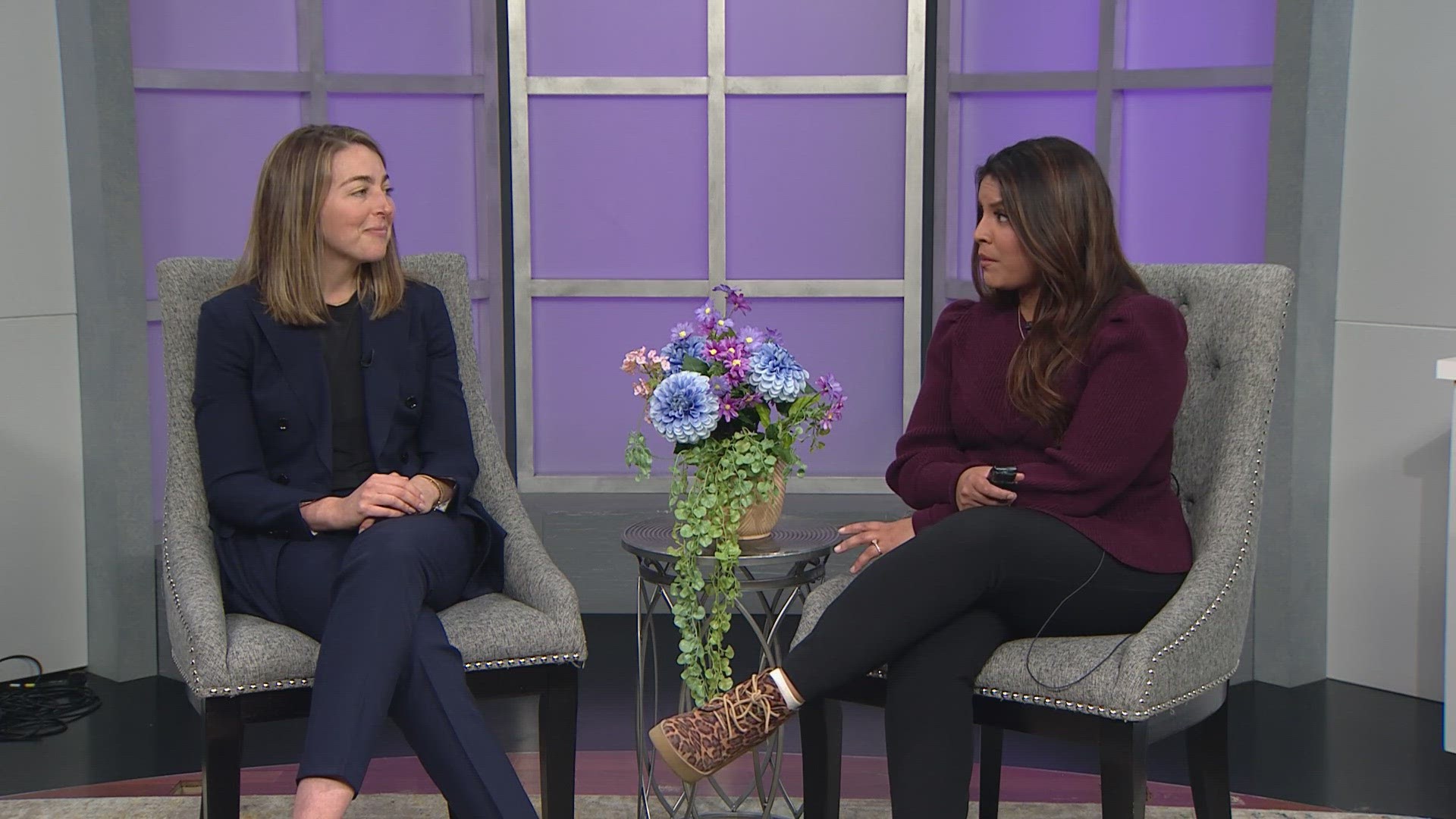KUSA — The temperatures have soared into the 90s these last few weeks. But that doesn't people have been staying inside.
Many people still get outdoors for a hike or a bike ride or other activity sending our 2.5 million sweat glands into overdrive.
As the temperature rises, people can start to get muscle cramps, which then can lead to exhaustion and ultimately heat stroke. The body can start to overheat even when temperatures are still in the 80s. Here are some signs and symptoms to look out for:
Heat exhaustion
- Heavy sweating
- Nausea, vomiting, dizziness,
- Cold, clammy skin
- Fast heart rate
- Passing out
Treatment- cool cloths/bath, sip water slowly If you can’t keep fluids down, go to the ER.
Heat stroke
- Body temperature over 103 degrees
- Stop sweating as your body shuts down and you can’t get rid of the heat
- Fast heart rate
- Nausea, vomiting, dizziness
- Brain swelling which can cause confusion and disorientation
- Coma
Treatment-Call 911 right away. Cool the person down with ice packs to the groin, armpits, neck, get to the hospital right away!
If you are going to work or exercise outside, here are some things to consider.
- Avoid the hottest times of the day, generally between 11 a.m. and 3 p.m.
- Hydration is key. Before, during and after your workout. Eight to 10-ounce glasses of water per day. Try to drink 20 ounces of water for every hour you are outside.
- If you are working out for more than an hour, consider using electrolyte replacements drinks
- Avoid alcohol and caffeine. Both can actually dehydrate you. Don’t count them in your fluid totals.
- You can still lose a lot of fluids while swimming or biking even though you might not be sweating
- Hats to cover your face.
- Sunscreen (at least SPF 30) to avoid sunburns.
- Avoid cotton clothing. Moisture-wicking, breathable clothing is key.
- Lighter colored clothing absorbs less heat.
- Try Body glide for those areas that rub and chafe



